Safeguarding and Wellbeing
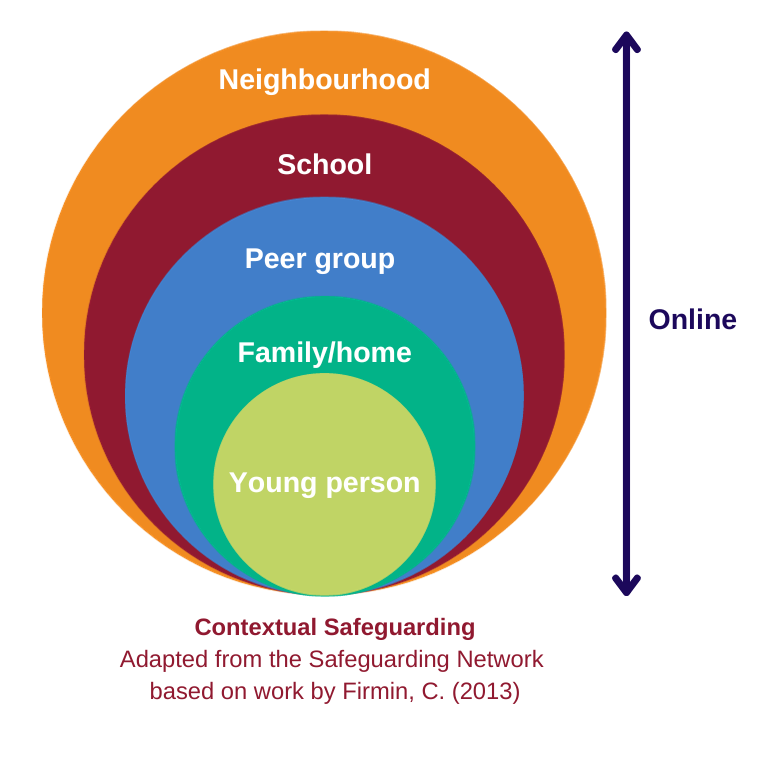 The health, mental health and wellbeing of the students entrusted into our care is of the utmost importance. Every student should feel safe, cared for and advocated for.
The health, mental health and wellbeing of the students entrusted into our care is of the utmost importance. Every student should feel safe, cared for and advocated for.
ISA is committed to safeguarding all students’ wellbeing in accordance with the United Nations Convention on the Rights of the Child, which sets out the rights that need to be realised for children to develop their full potential, free from hunger and want, neglect and abuse.
In addition, ISA adheres to the standards in child protection set out by the school’s accreditation agencies and follows the principles set out by the International Task Force on Child Protection (ITFCP):
- All children have equal rights to be protected from harm and abuse.
- Everybody has a responsibility to support the protection of children.
- All schools have a responsibility to build a community that values diversity, equity and inclusion for each child.
- All schools have a duty of care to children enrolled in the school and those who are affected by the operations of the school.
- All actions on child protection are taken with the best interests of the child, which are paramount.
All faculty and staff at ISA share this responsibility. They receive annual training in child protection and are expected to be attentive to signs that may indicate self-harm, child on child abuse, domestic violence, child abuse, or neglect and to respond effectively to these signs. In addition the school holds itself to a high standard of effective safe recruiting practices with specific attention to child protection. This includes – but is not limited to:
- checks to verify the candidate’s identity;
- checks on employment history and education qualifications;
- completing reference checks with provided referees (to include current supervisor) that include questions on suitability to work with children;
- a criminal background check.
Successful candidates are required to renew their criminal background check at regular intervals.
Child safeguarding describes the actions taken to promote children’s welfare and protect them from harm. It means:
- protecting children from abuse or maltreatment
- preventing harm to children’s health or development
- ensuring that children grow up in a safe environment with effective care
- taking action to enable all children to have the best outcomes
- providing children with education about their own rights and how to keep safe
Child protection is part of the safeguarding process. It focuses on protecting individual children who are identified as suffering from harm or are at risk of harm. ISA’s child protection policies and procedures apply to all enrolled students (including those who are 18 years of age or above) and other children who may be at risk of harm such as siblings who may not be enrolled at ISA.
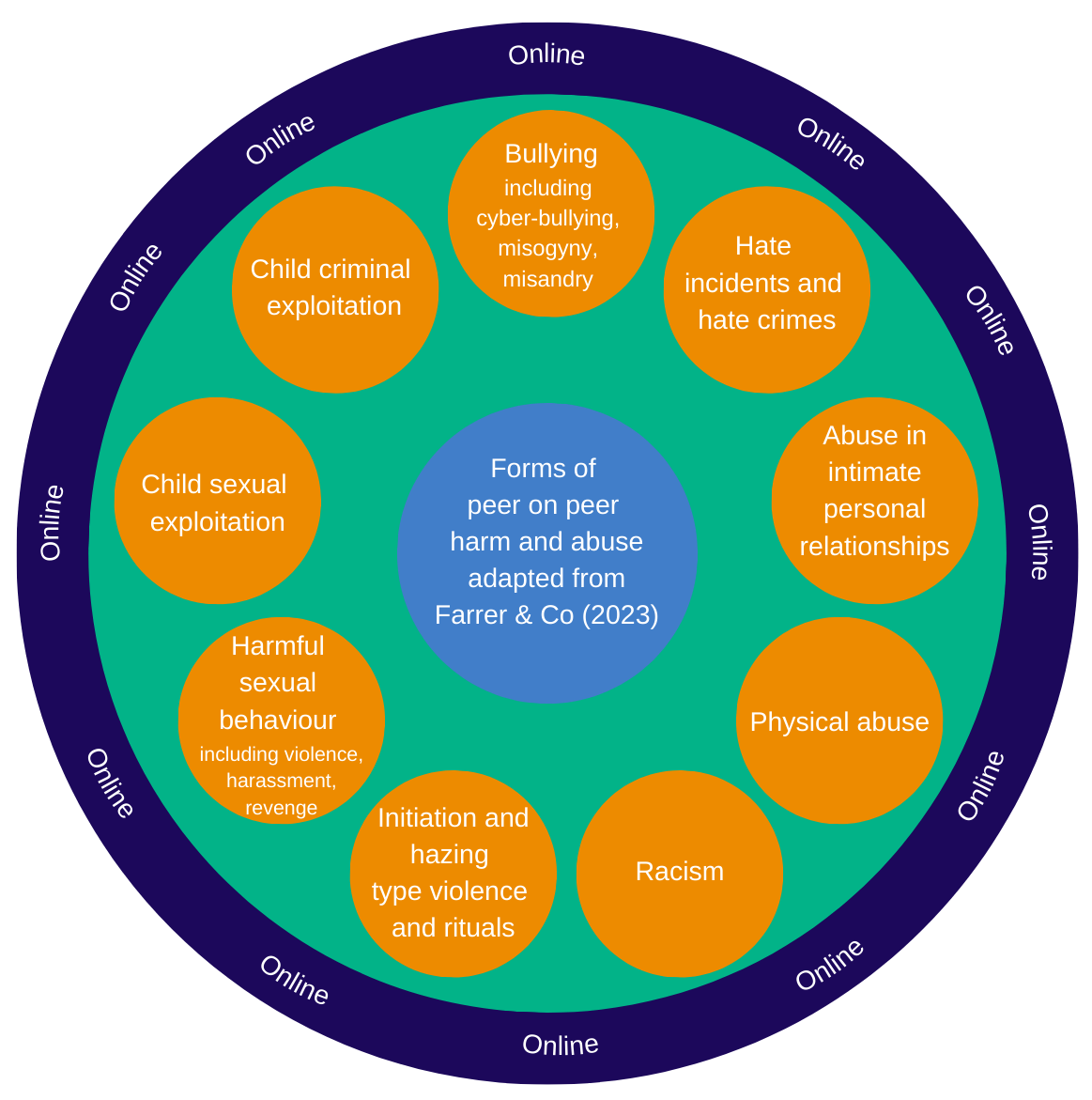
ISA’s approach to peer on peer harm and abuse
ISA takes action to understand, respond to and prevent harmful interactions between students, (also termed child-on-child abuse). This form of harm can occur online, at school, at home and in the community. Safeguarding students from peer on peer harm and abuse includes identifying where risks can occur, promoting healthy relationships and upstander behaviours, engaging student voice, providing ways for students to report harm, and proactively reducing risk and barriers to reporting. Working in partnership with families is crucial for this work. Research has shown that many children who present harmful behaviour to others are themselves vulnerable or at risk of harm, and that disciplinary action alone is rarely able to solve issues of harm and abuse between students. ISA takes a safeguarding approach to harm and abuse between students. This means that it seeks to safeguard and support all students involved, whilst also holding students accountable for their behaviour. Any disciplinary action is taken alongside consideration of the underlying causes of the behaviour exhibited, and wider safeguarding actions that may need to be taken.
Harm that takes place out of school
When abuse and harm takes place between students outside of school, it affects the safety and well-being of these students and their peers in school. It is for this reason that ISA responds to all forms of harm and abuse between students, irrespective of where the harm takes place.
ISA’s Reporting Code and the Dutch Assessment Framework
ISA follows the mandatory reporting protocol laid down in the Domestic Violence and Child Abuse Reporting Code Act in the Netherlands (De Wet verplichte meldcode huiselijk geweld en kindermishandeling, 2013) and the assessment framework provided by the Dutch authorities to assist professionals in decision-making for when to seek external assistance.
ISA’s Reporting Code
The five steps of the reporting code are as follows:
Step 1: Identify the signs
Anyone who suspects child abuse, neglect, domestic violence or self-harm must
report:
- the signs that they have observed;
- disclosures that they have received.
A report must be placed immediately to the designated safeguarding lead, respective counsellor or Heads of School and documented through the school’s reporting system within 24 hours.
Step 2: Consult with an expert colleague regarding the signs
The student’s counsellor, a divisional administrator and designated safeguarding lead form a Response Team and consult internally. Additional members of staff may be brought into the team e.g. head nurse, another divisional administrator. Advice may be sought from the school doctor and/or Veilig Thuis at this stage.
Step 3: Talk with the person involved (and/or their parents/guardians)
A member/members of the Response Team meet with the student, even if the student is very young, unless the child’s age or language abilities make it impossible or too difficult to do so. Interactions through play may be used with younger students.
Parents/guardians will be informed about the disclosure and/or signs of self-harm, child on child abuse, domestic violence, child abuse or neglect. The only circumstances where the parents/guardians would not be informed at this stage is when:
- The safety of the student, his/her/their family, ourselves or a third party is at risk of harm;
- There is good reason to believe that a meeting would prompt the student or family to break contact with the school.
Step 4: Assess the nature and severity of the situation
Having considered the signs/disclosure and content of what was discussed in meetings with the student and/or parents/guardians, the Response Team assesses the likelihood of harm having occurred or if there is a threat of harm. The Response Team uses the assessment framework to evaluate immediate risk and/or whether there is a structurally unsafe environment impacting the student. The Response Team will consult with Veilig Thuis when there are concerns about domestic violence, child abuse and neglect.
Step 5: Decide what action needs to be taken
In view of the assessment in step 4, if the Response Team concludes that it can protect the student and his/her/their family against the risk of harm by organising the assistance necessary, it will do so. However, depending on the nature of the concern, a report to Veilig Thuis may be required, especially to access external services available in the Netherlands. The student (if over the age of 12 years) and/or the parents/guardians will be informed if a report is submitted to Veilig Thuis.
In case of immediate risk or structural (recurring) violence, neglect or abuse, a report to Veilig Thuis is mandatory. This includes instances of disclosure by the child.
Veilig Thuis
Veilig Thuis (which translates as “Safe at Home”) is the Dutch advice and reporting center for domestic violence and child abuse. Education professionals are obliged to report to Veilig Thuis when following the reporting code and assessment framework. Veilig Thuis receives reports and will investigate the nature and severity of the abuse or domestic violence that may be occurring and provide advice on the best course of action. This may include referrals to local support services. Only in extreme circumstances, where a crime has possibly been committed, would the police be involved. Individuals can contact Veilig Thuis directly if they find themselves in an unsafe situation or they are worried about another person due to possible domestic violence or child abuse. For example, a neighbour can call Veilig Thuis if they are concerned about a violent situation they are hearing occurring next door.
When a concern is raised at or through the school, ISA must follow the steps of the reporting code and a designated safeguarding lead would be responsible for reporting to Veilig Thuis.
Dutch Assessment Framework
The assessment framework and reporting standards must be followed in situations where there is a suspicion of child abuse, domestic violence or neglect.
Reporting Standard 1
In ALL cases of (suspected) immediate risk and/or a structurally unsafe environment.
Reporting Standard 2
In all OTHER cases in which a professional is unable to provide or organise effective help in the event of (or risk of) harm.
Reporting Standard 3
When help has been offered or organised to protect those at risk of harm but the unsafe situation is continuing or repeating.
Immediate Risk, Structurally Unsafe Environments and Disclosure
Immediate risk means that a person is in immediate physical danger, that their safety is not guaranteed for the next few days and that immediate protection is required. This concerns for example, (a serious suspicion of) sexual violence or (threat of) physical violence. It also includes the unnecessary administration of medicines or a dangerous absence of basic care for care-dependent children (including food, drink, clothing, shelter).
A structurally unsafe environment is when there are recurring or continuously unsafe events and situations in the household or family. A structurally unsafe environment has harmful consequences due to the constant threat and emotional insecurity. There may be a pattern of repeated violence and/or deficiencies in the mental and physical care of care-dependent children.
Structurally unsafe situations include the following categories of concern
- physical violence
- psychological violence
- physical neglect
- emotional neglect
- sexual violence
- other forms of violence and insecurity such as honour-related violence
In structurally unsafe environments the following three factors must be considered
- repetition of violence
- parent signals or problems
- signals from the victim/child
Disclosure is when victims spontaneously ask a professional for help with child abuse, neglect and/or domestic violence, or express about such experiences without asking for help. This often means that the victim experiences an immediate crisis and fears for the safety and/or well-being of themselves or other family members.
Advice on talking with your own child
If you are concerned about your child’s safety, it may be difficult to talk with them about your concerns. Use these pointers to get started.
How to talk to your own child
- Support, believe, and reassure your child
- Ask limited, open-ended questions
- Respect your child’s right to privacy
- Avoid showing shock or other emotions
- Avoid making assumptions or promises
- Use appropriate anatomical language
- Partner with your child’s counsellor, who
- is a trained professional in this area delivering child protection lessons in school
- understands student’s developmental level
- can advise you about how to bring the issue to the appropriate person at school and/or access external support
Need someone to talk to?
Reporting something you see, hear about, or experience that concerns you about the safety of others, or yourself, is always the right thing to do. At ISA, the designated child safeguarding leads and counsellors across the school are available to hear from you. We are here to listen, provide support or help you access services if the support you need is not available within school. Please connect with the relevant person listed below, as soon as possible, if you need assistance or have any information to share.
Please note that all communications will be treated with the utmost confidentiality. Anonymity however, cannot be promised, as further details about incidents and/or witness accounts may be needed.
Counsellors
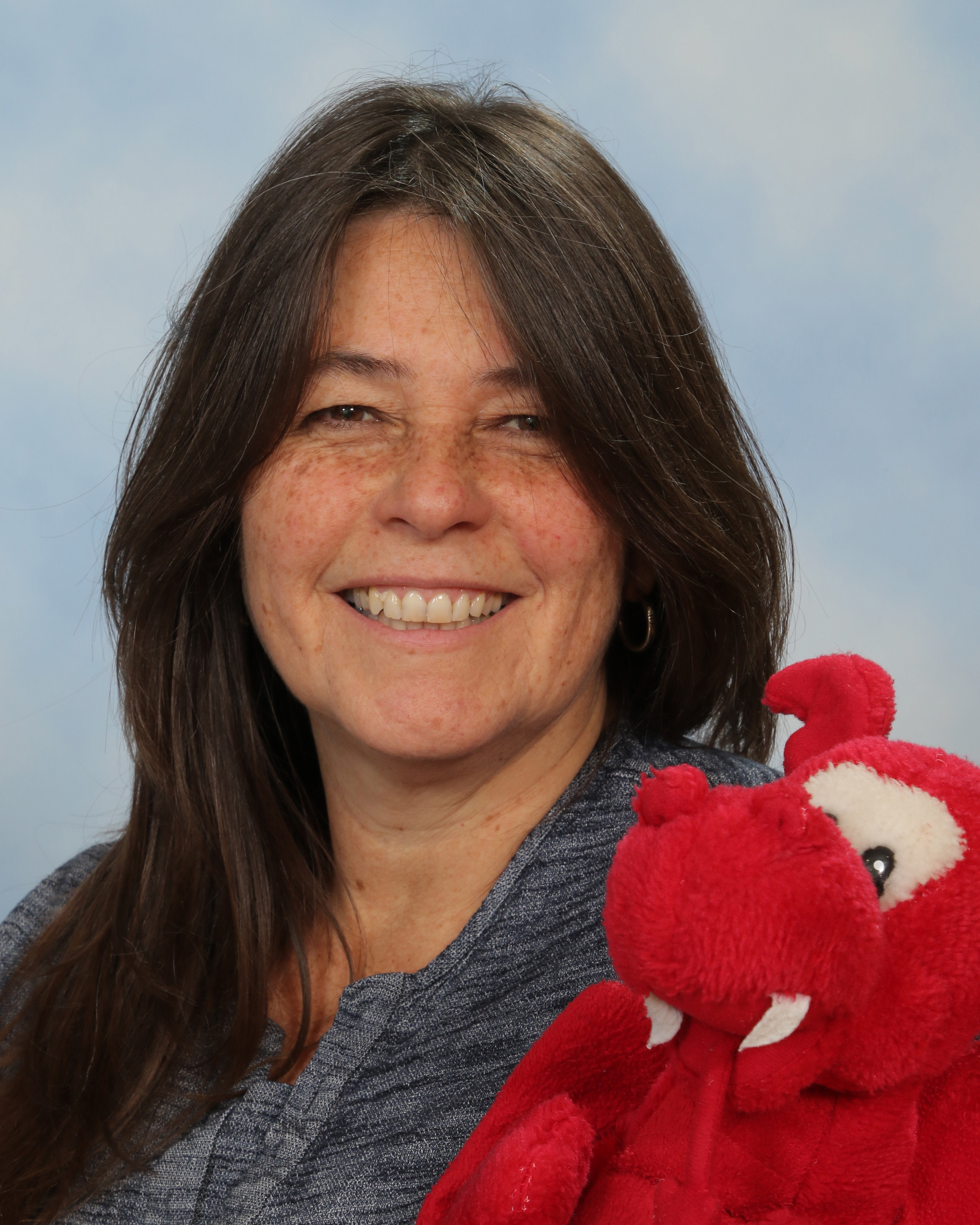
Eli Arenas Thomas
earenas@isa.nl
Phone: 020-347-1234

Nikitha Lewis
nlewis@isa.nl
Phone: 020-347-1261
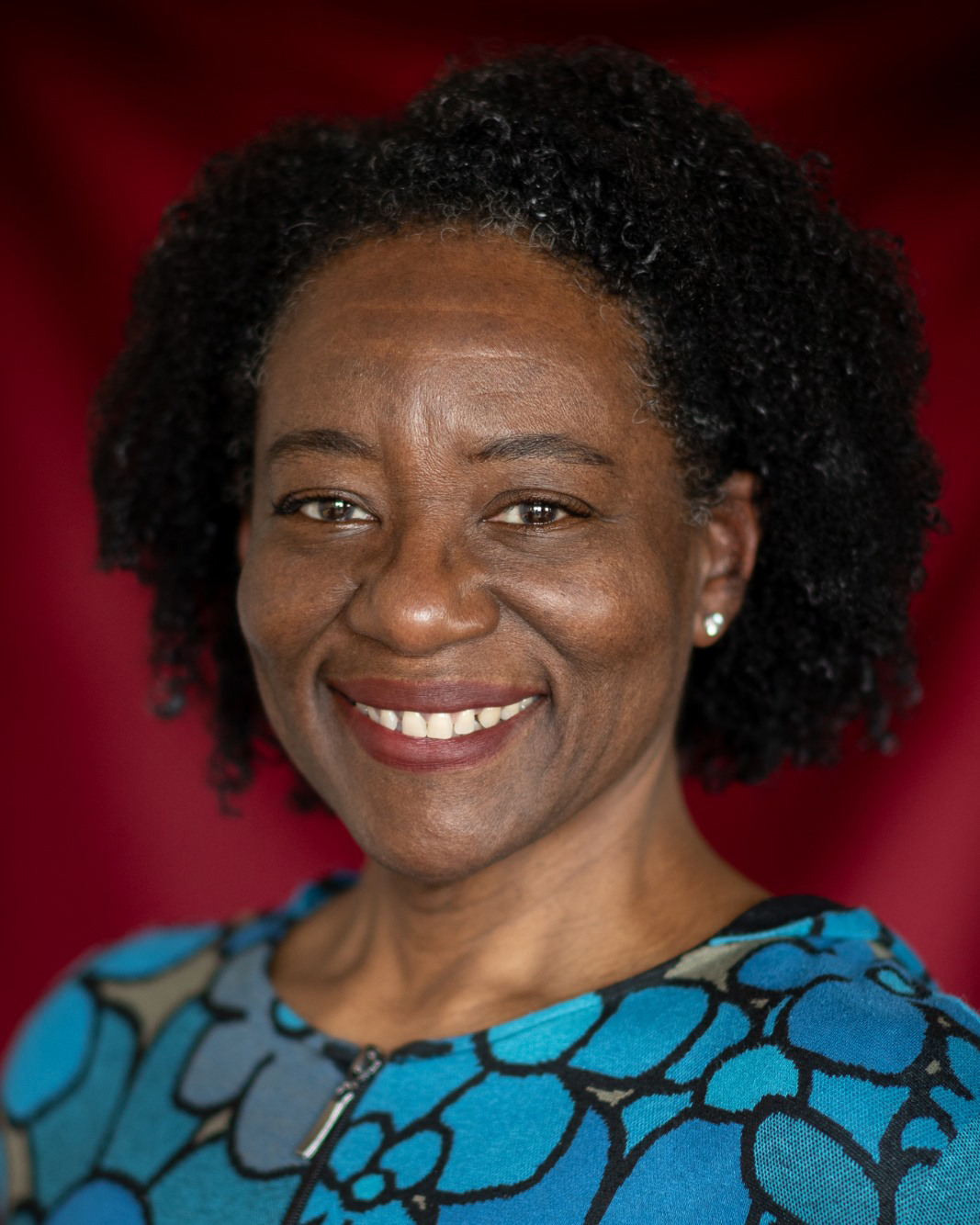
Janette Glave
jglave@isa.nl
Phone: 020-347-1166
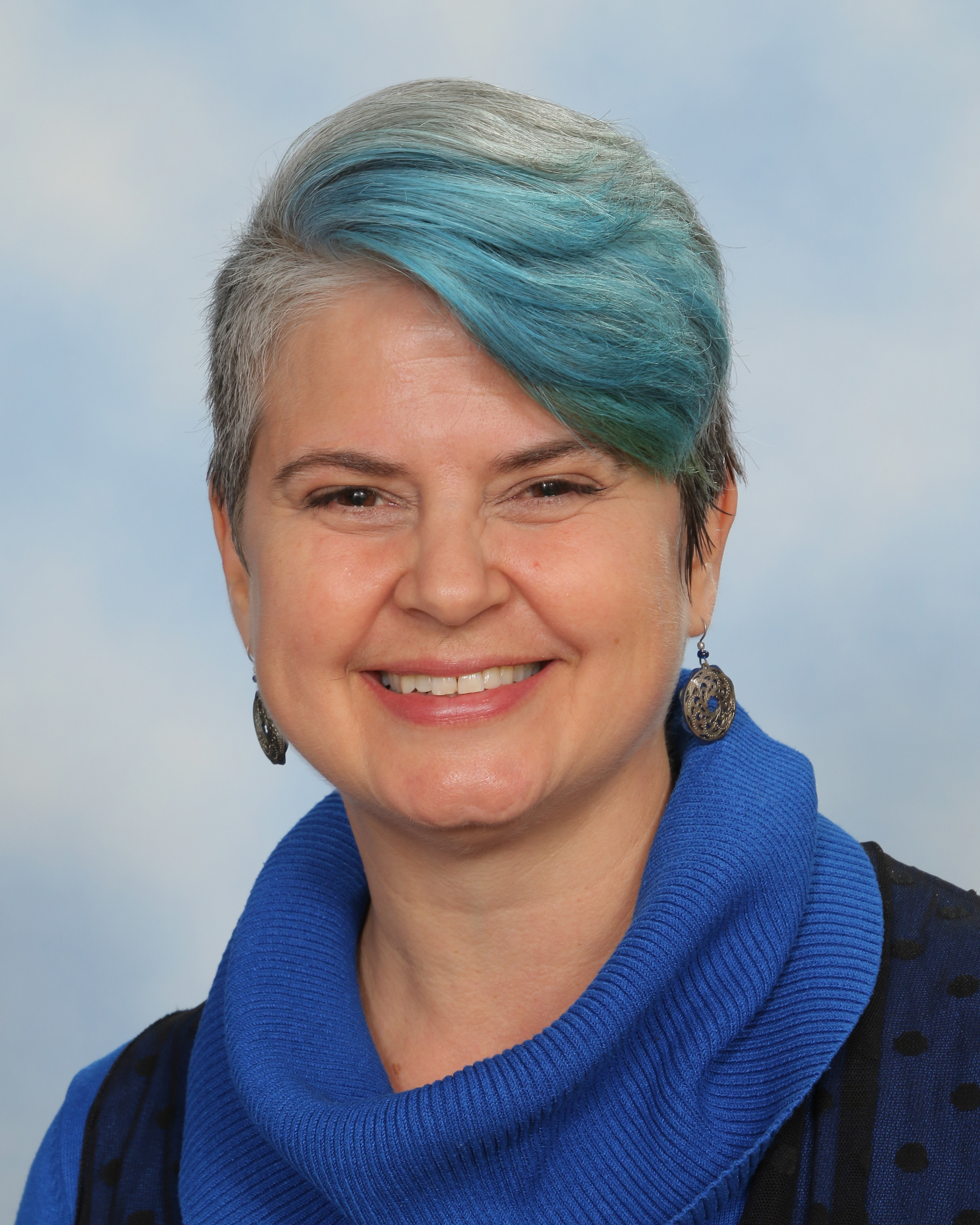
Valerie Hoglan
vhoglan@isa.nl
Phone: 020-347-1252
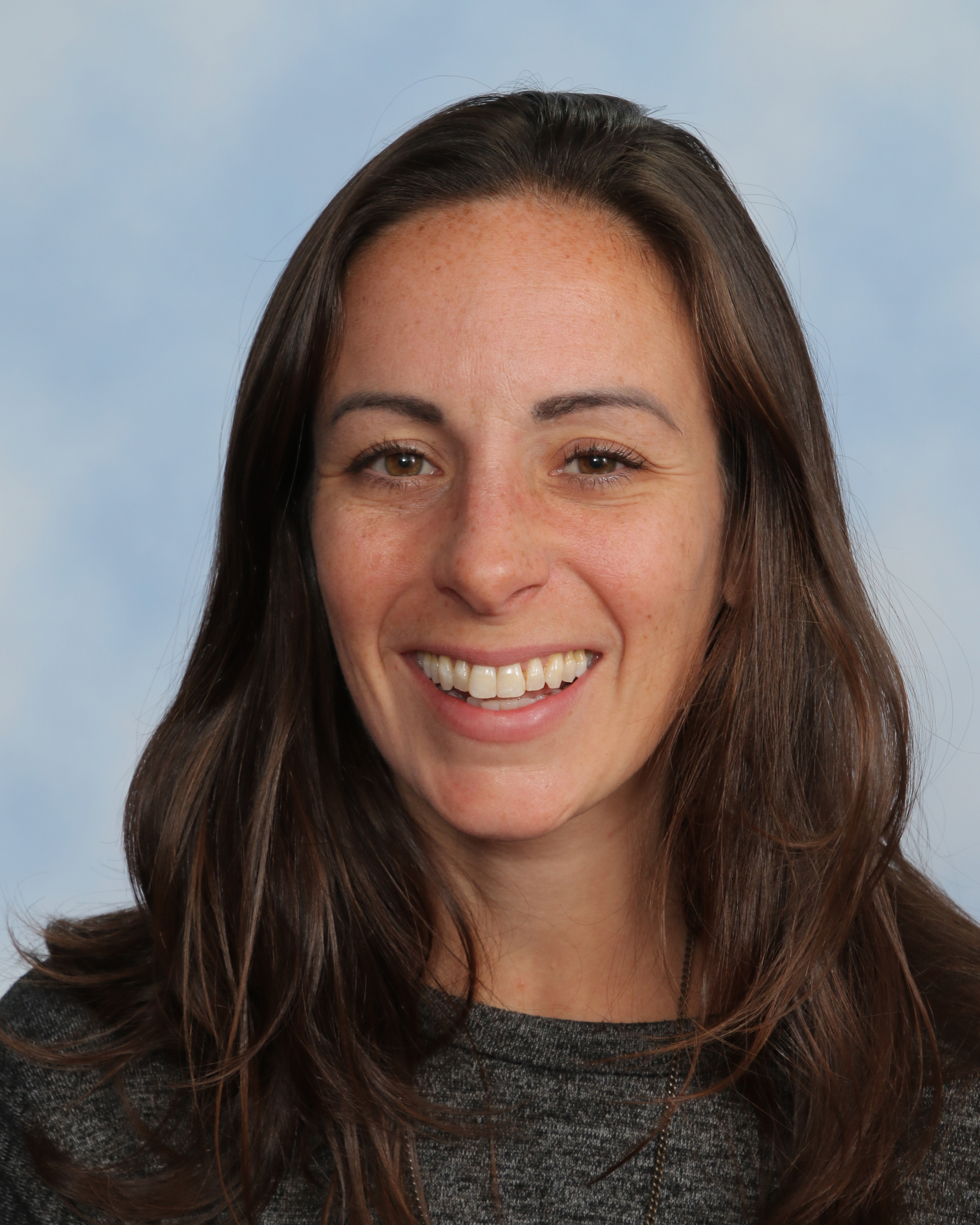
Tricia Scarlata
tscarlata@isa.nl
Phone: 020-347-1229
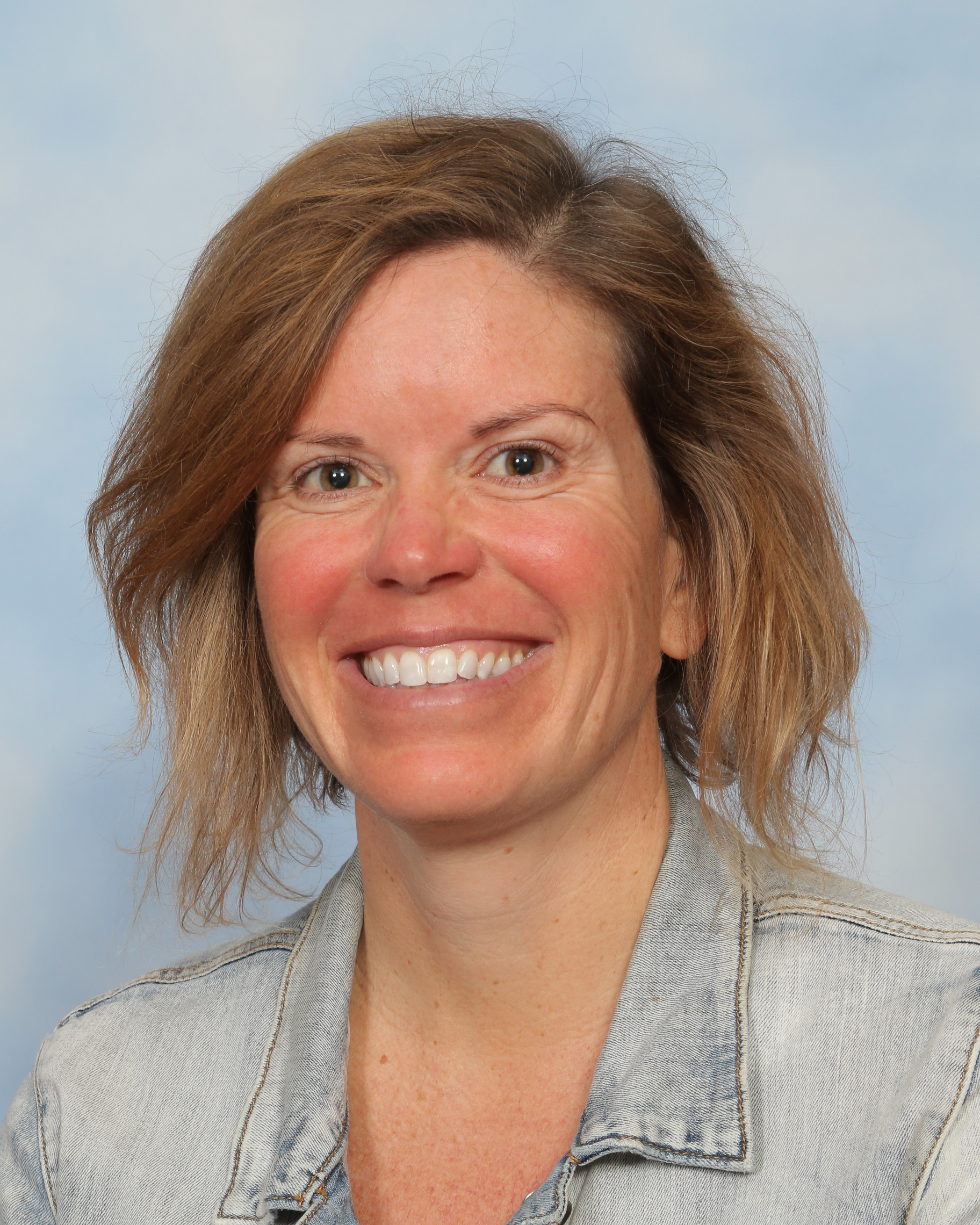
Katie Bangs
kbangs@isa.nl
Phone: 020-347-158
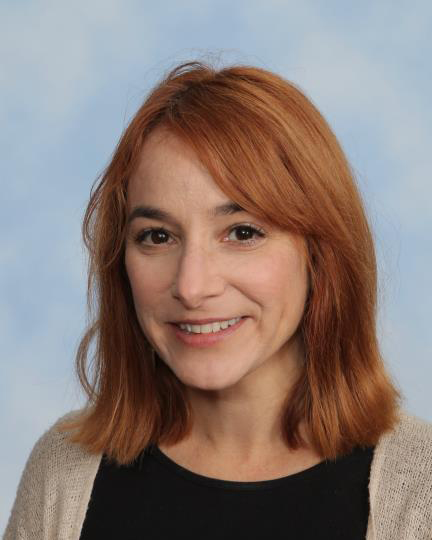
Liz Kozodoy
lkozodoy@isa.nl
Phone: 020-347-119
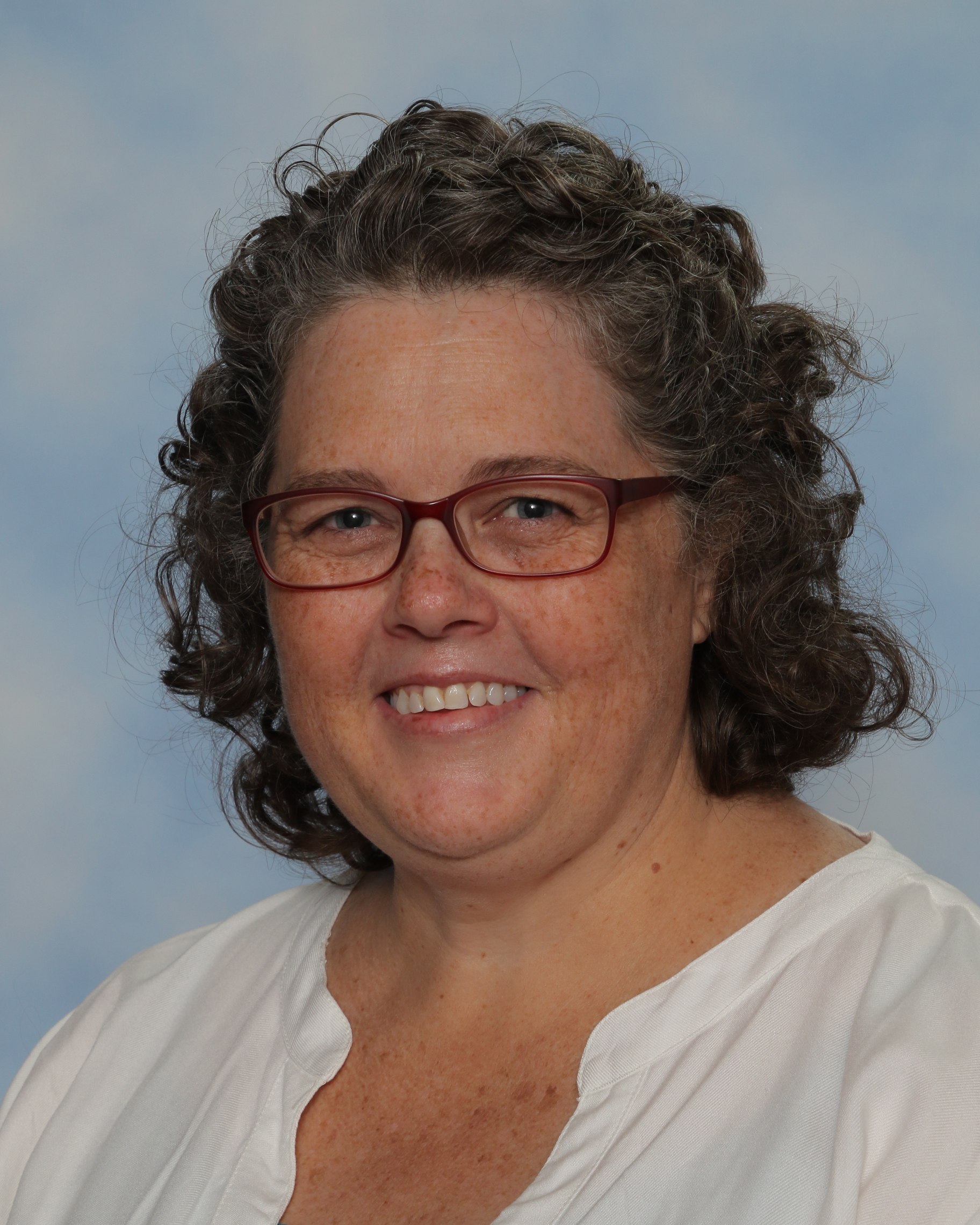
Tami Albrecht
talbrecht@isa.nl
Phone: 020-347-1158

Robbie Jefferiss
rjefferiss@isa.nl
Phone: 020-347-1135
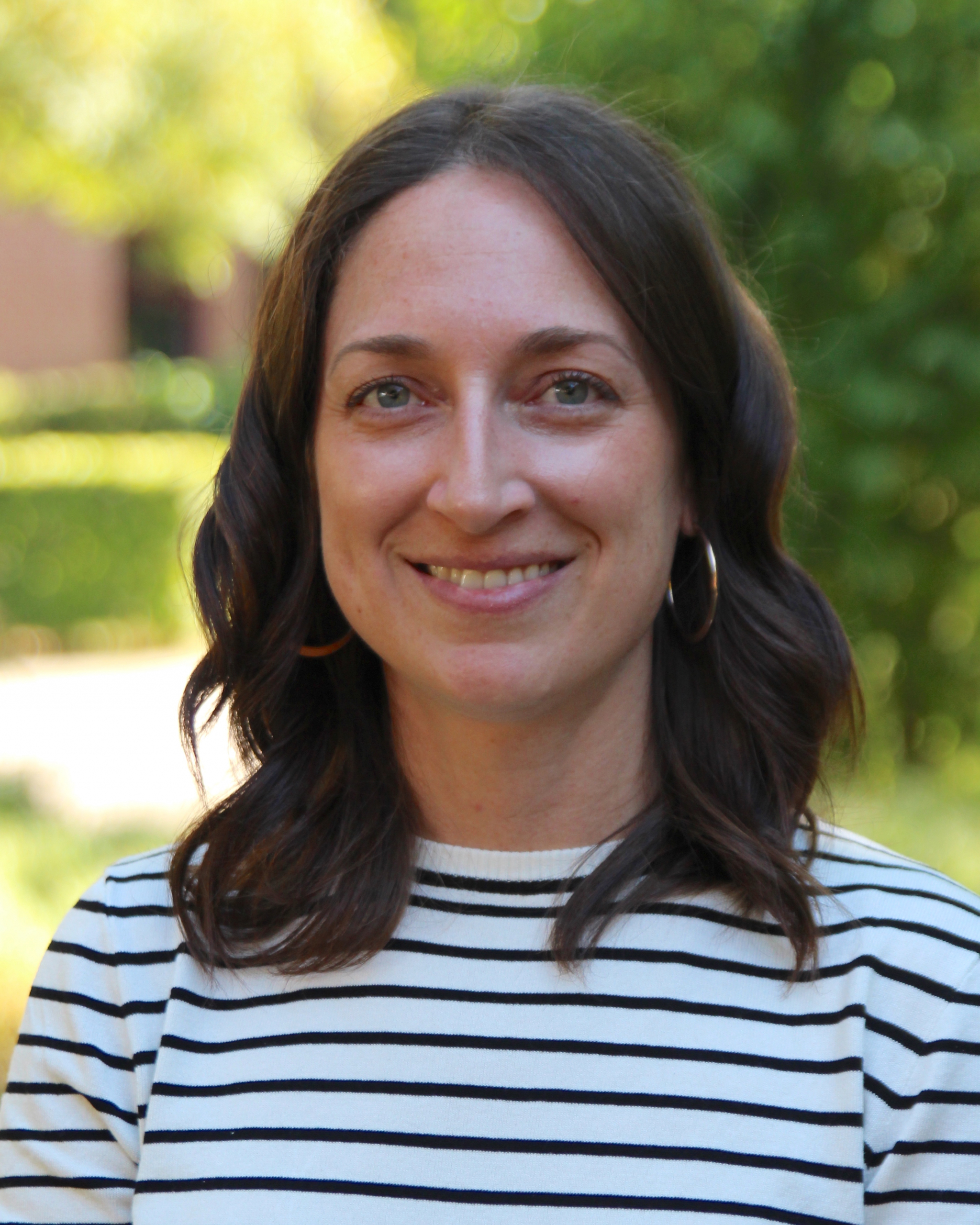
Patille Bingham
pbingham@isa.nl
Administrative Staff
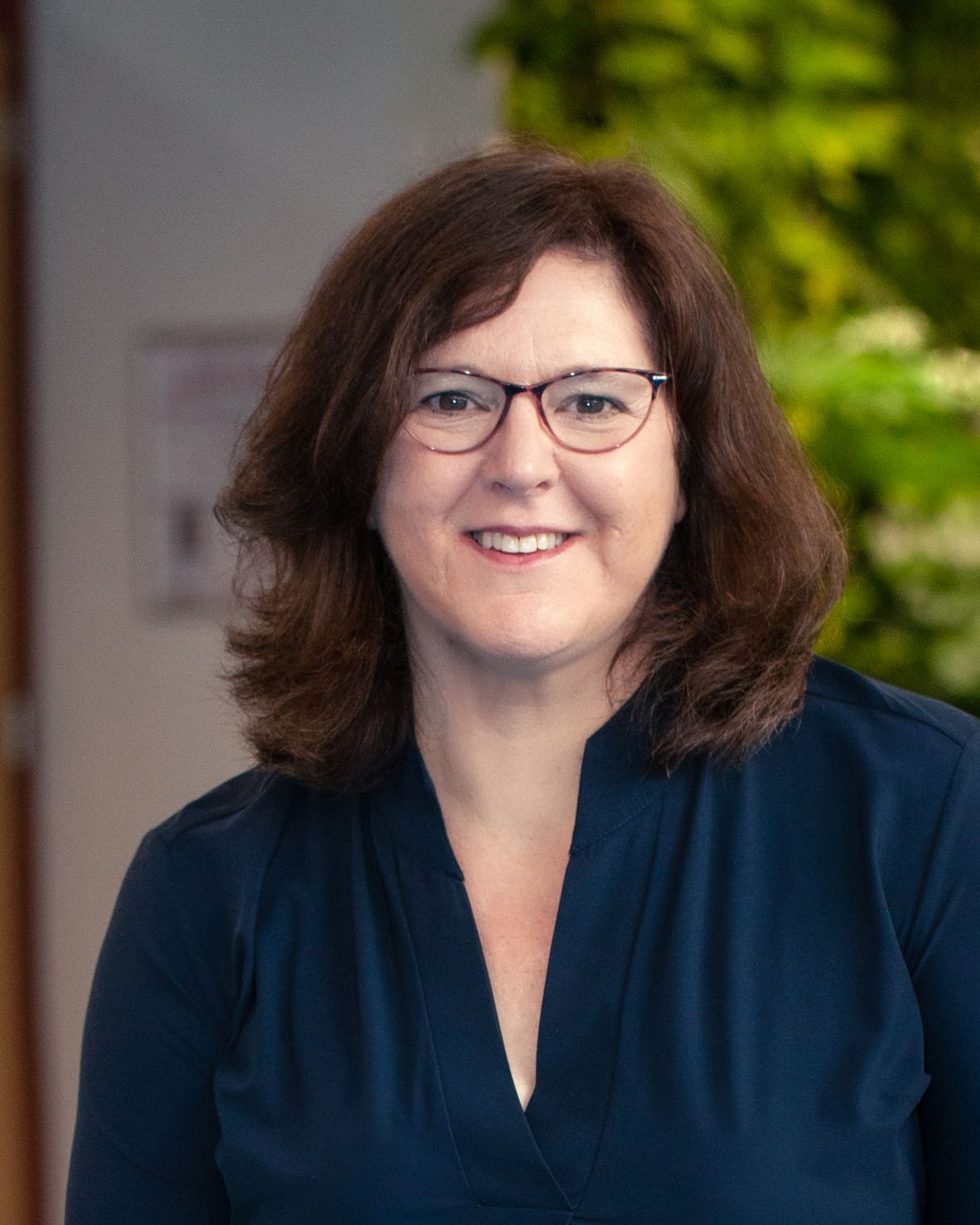
Sarah Grace
sgrace@isa.nl
Phone: 020-347-1221
Mobile: 062-743-8908
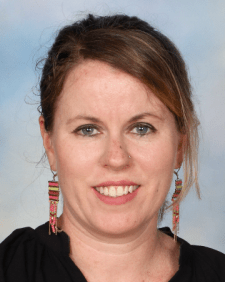
Amanda Kirkham
akirkham@isa.nl
Phone: 020-347-1190
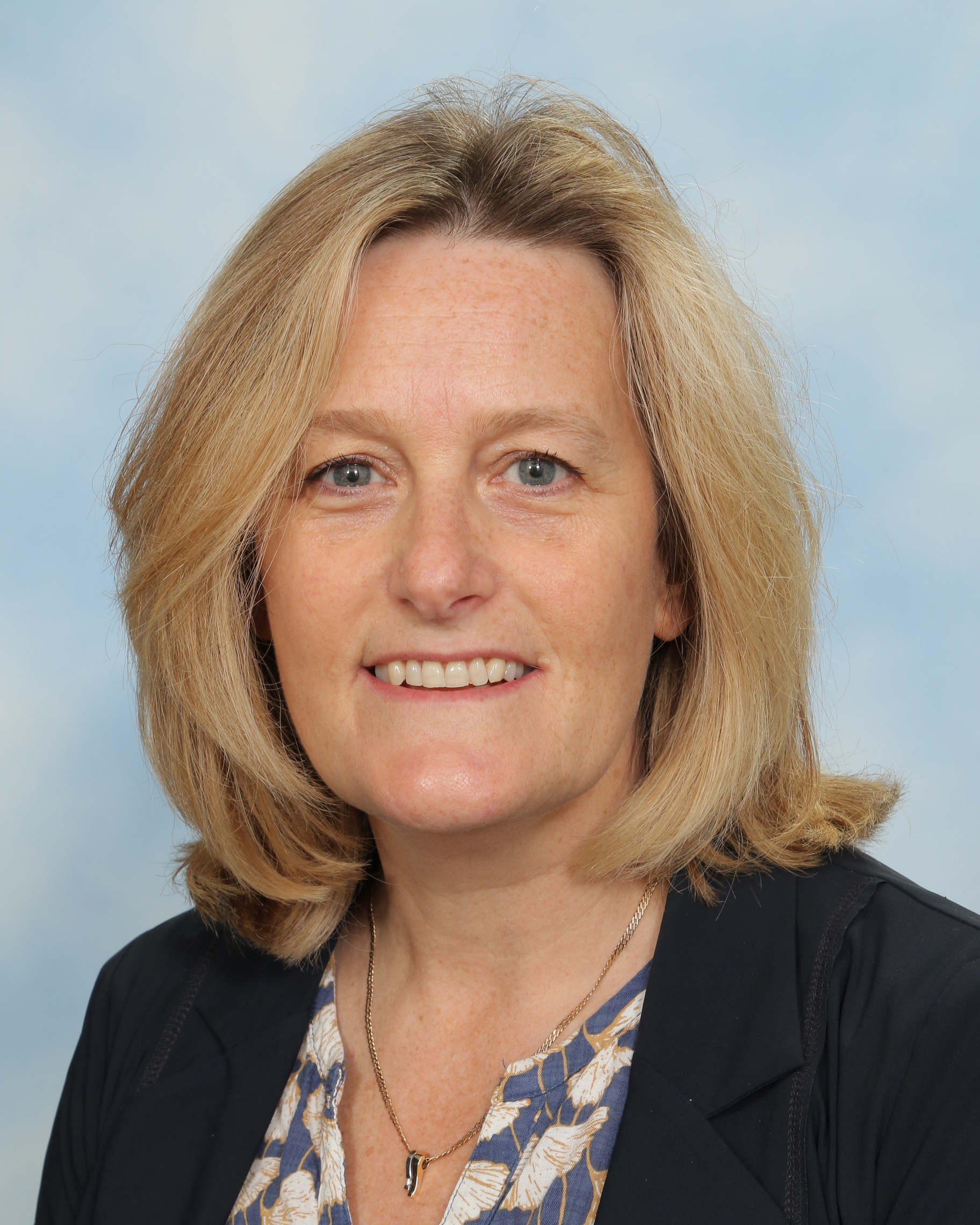
Carolyn Lacey
clacey@isa.nl
Phone: 020-347-1200
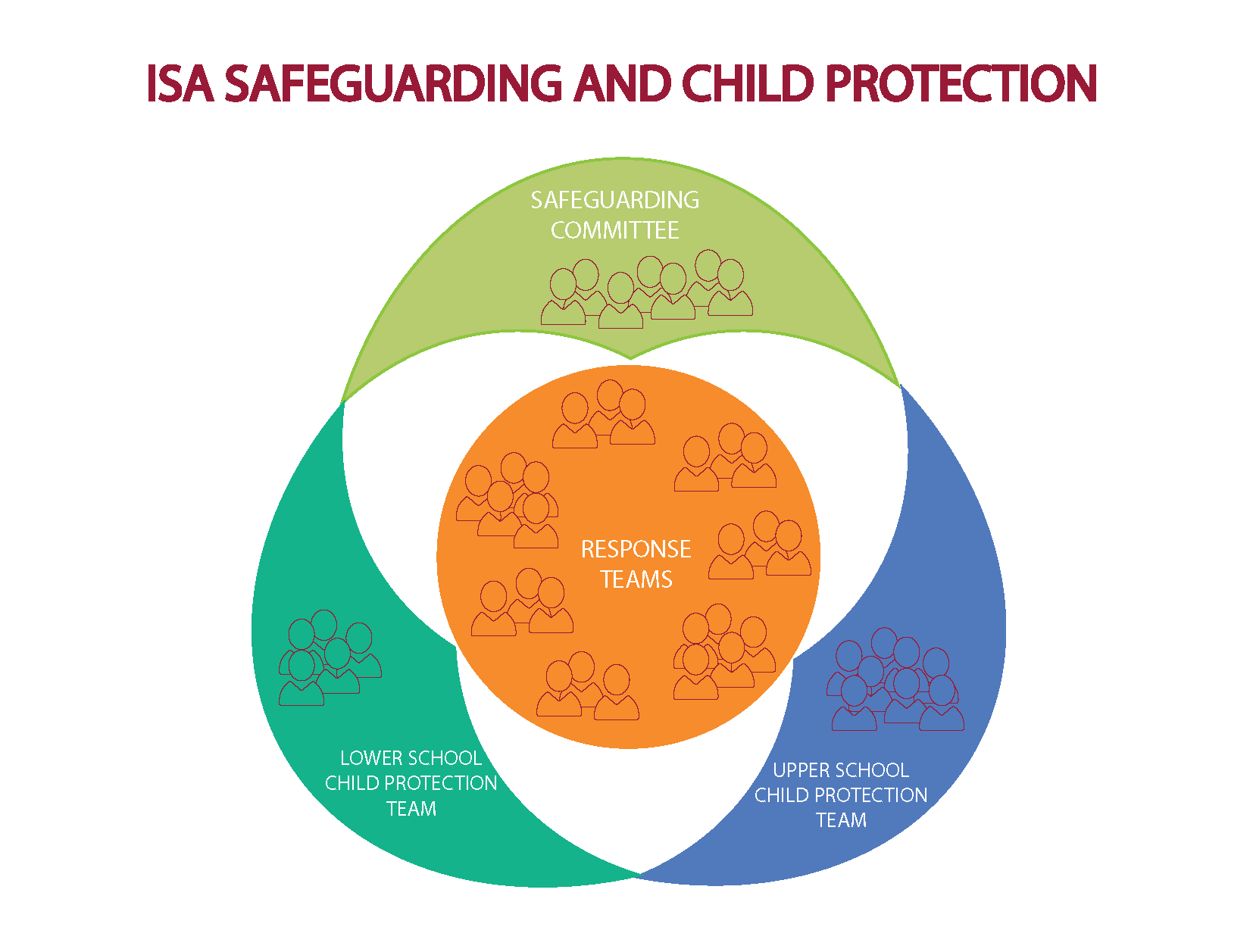
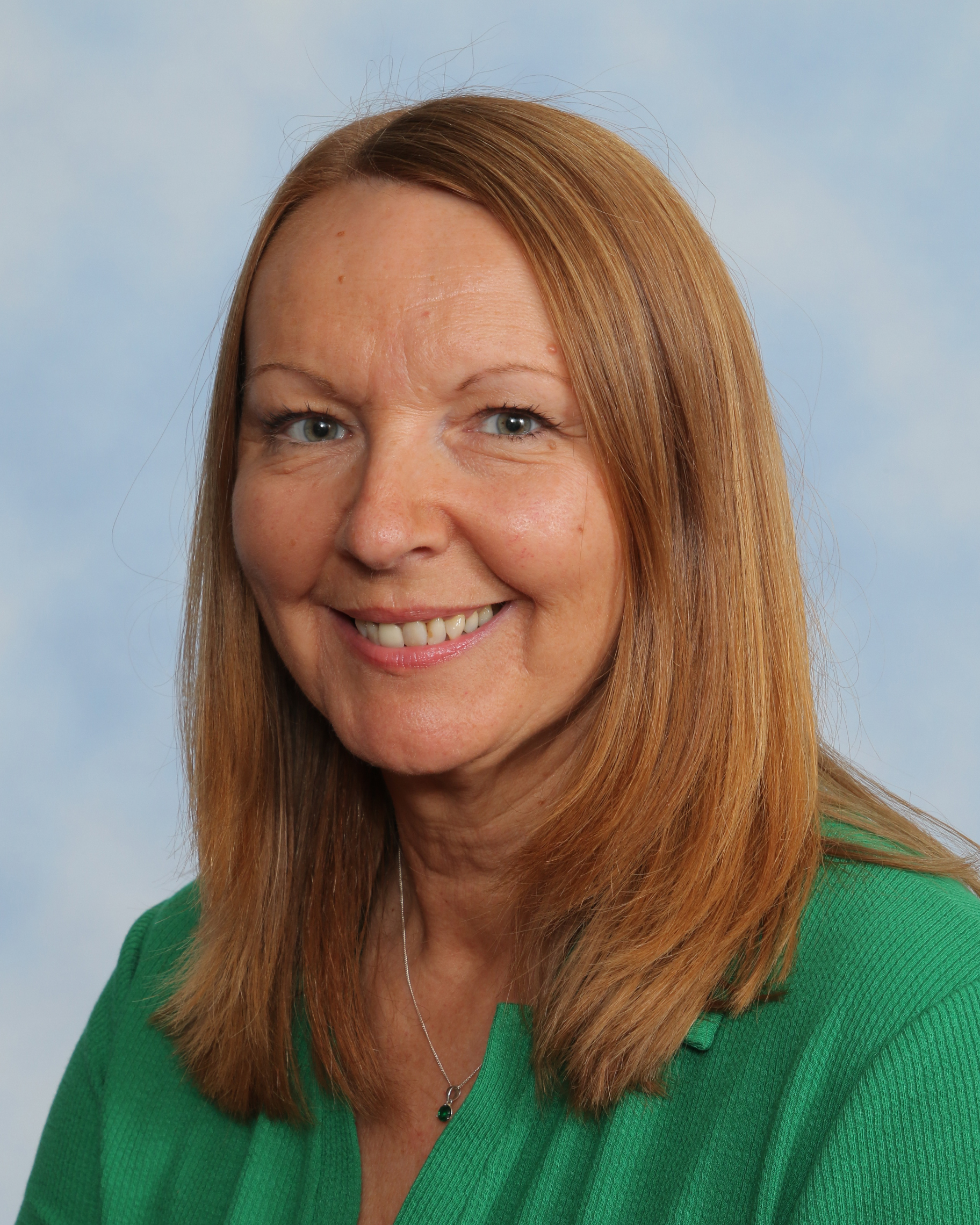
Vicki Watson
vwatson@isa.nl
Phone: 020-347-1199
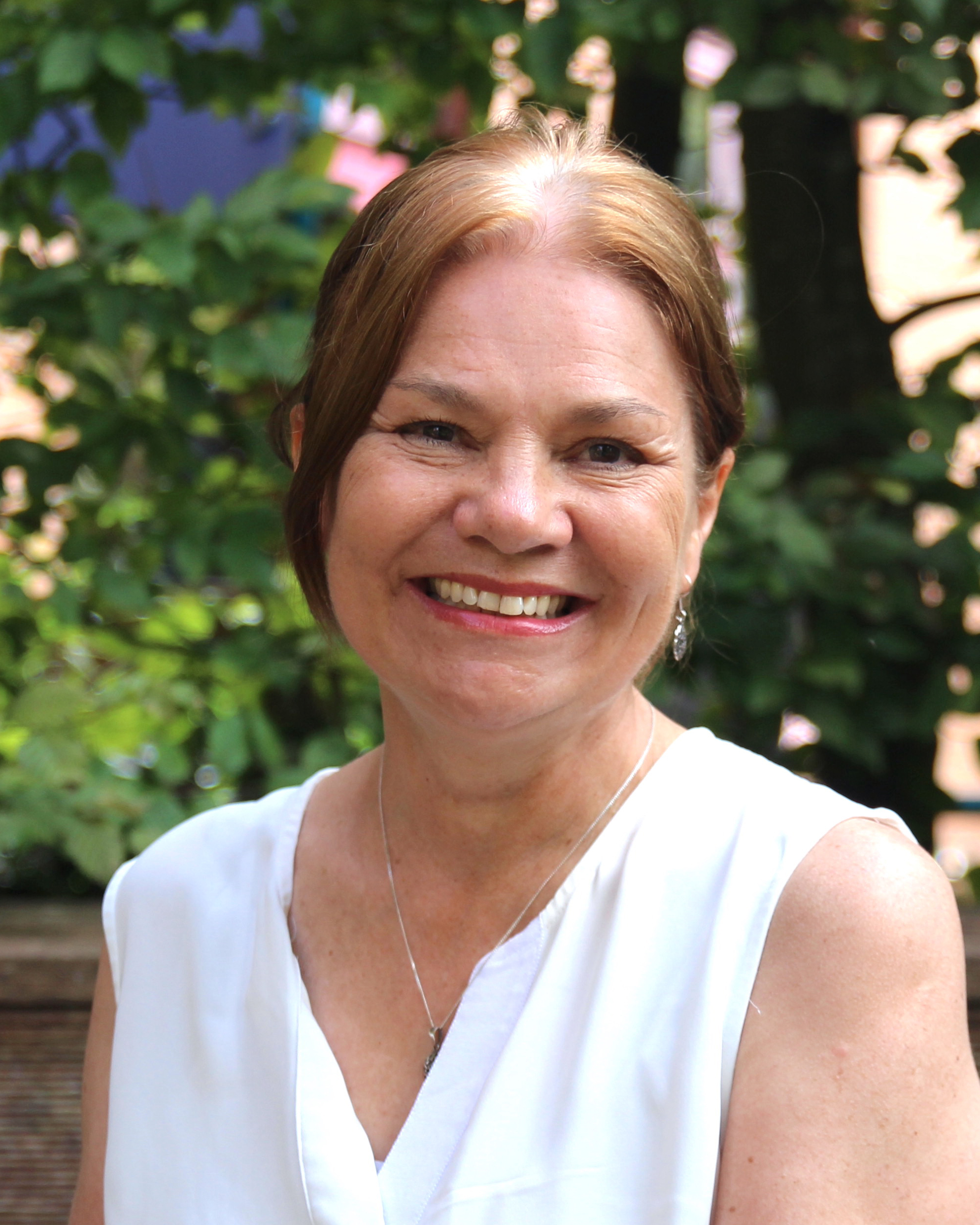
Ruth Clarke
rclarke@isa.nl
Phone: 020-347-1250
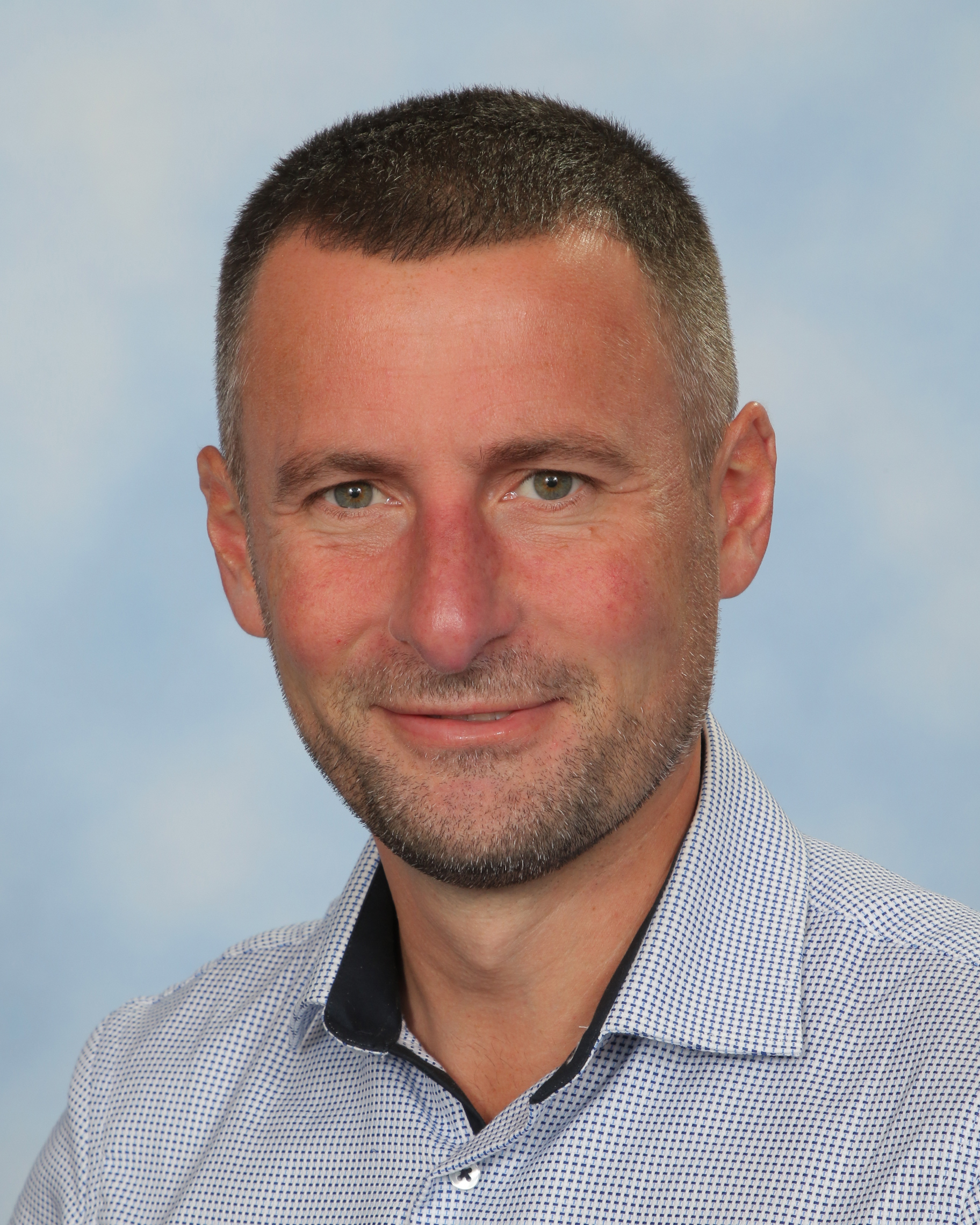
Paul Griffiths
pgriffiths@isa.nl
Phone: 020-347-1115
The Safeguarding Committee oversees the development, review and revision of child protection policies and protocols in line with Dutch law and accreditation standards.
A Response Team is formed around a child/family when a child protection concern is raised. It is this team which follows the procedures of the ISA reporting code and decides if external consultation and/or support is required.
External Helplines
Stichting 113 Zelfmoordpreventie - 113 Suicide Prevention Foundation
Stichting 113 Zelfmoordpreventie – 113 Suicide Prevention Foundation
National organisation for the prevention of suicide, run by professionals as well as trained volunteers offering 24 hours a day, 7 days a week support, including:
- Crisis chat (a direct opportunity to talk online to a trained volunteer) https://www.113.nl/
- Crisis telephone (a direct opportunity to talk to a trained volunteer by phone and, if necessary, to a professional) 113 and 0800 0113
- Consultation by telephone for other professionals, next of kin or friends about somebody in need (the opportunity to pose a brief question to a professional in a session lasting a maximum of ten minutes)
The Sexual Assault Center (SAC) Amsterdam-Amstelland
The Sexual Assault Center (SAC) Amsterdam-Amstelland
The Sexual Assault Center (SAC) in the Amsterdam-Amstelland region is available 24 hours a day, 7 days a week, to provide help for anyone who has been sexually assaulted or raped in the previous seven days, via the free phone number 0800 – 0188.
If the sexual assault took place more than seven days ago, or if you have other questions, you can phone the free number 0800 – 0188 during office hours (9am – 5pm) for information and advice.
The Sexual Assault Center also runs an STI outpatient clinic. Appointments can be made online or via 020 555 5822.
Blijf Groep: Thuis in huiseljik geweld - Blijf Groep: Domestic Violence support
Blijf Groep: Thuis in huiseljik geweld – Blijf Groep: Domestic Violence support
Blojf Groep offers assistance to all involved in domestic violence: victims, children, witnesses and perpetrators through different types of shelter and support. This includes a telephone helpline 088 234 24 50 (available 24 hours a day, 7 days a week) and support groups for children as well as adult.
Mental Health Care in the Netherlands – overview
https://www.government.nl/topics/mental-health-services
ACCESS Counselling Service Network (also see Counsellor on Call)
0900 222 2377
Luisterlijn Amsterdam
Anonymous support for any questions or concerns or when one is needing a conversation. Well trained volunteers are on-call 24/7 or available via chat or email.
https://www.deluisterlijn.nl
Direct helpline: 088 0767 000
Jellinek Drug and Alcohol Help Centre
Jellinek works both in the prevention field, as well as treatment, of alcohol and drug addiction. Jellinek works in different cities in the Netherlands, including Amsterdam.
https://www.jellinek.nl
English website: https://www.jellinek.nl
Direct helpline : 088 505 1220
Veilig Thuis: domestic and/or child abuse
For advice and support whether you are a victim or whether you have concerns regarding someone else. You can merely call for advice or register an official concern – this can also be done anonymously.
https://veiligthuis.nl/
0800 2000
Diversity, Equity, Inclusion and Belonging at ISA
October 10, 2024/by Nathalia LimaISA Kickstarts a Space Transformation Project
September 9, 2024/by Nathalia LimaISA’s Sarah Grace Featured in Learning Forward
Building Community: Grade 6 Become Upstanders at the Middle School Orientation
September 3, 2024/by Megan AmeliaISA Sports Day 2024
June 18, 2024/by Nathalia LimaGrade 5 Students Take Action!
May 23, 2024/by Megan AmeliaISA Hosts Conversation about Systematic Racism
December 8, 2023/by Nathalia LimaLower School Students Celebrate Festival of Lights
November 23, 2023/by Megan AmeliaContact Us
Sportlaan 45, 1185 TB Amstelveen, The Netherlands
Telephone: +31 20 347 1111
Fax: +31 20 347 1222

